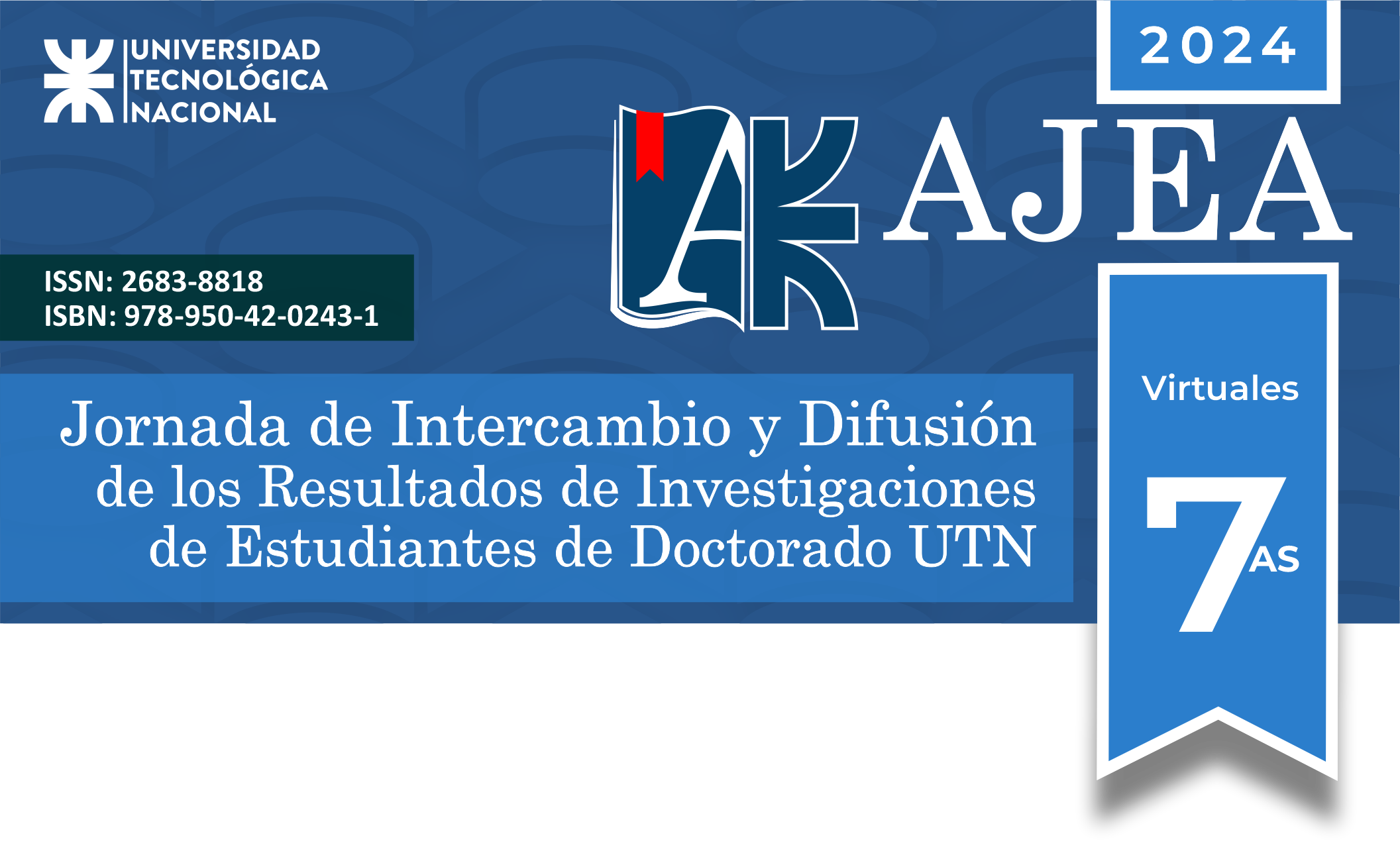Use of glycerol from the biodiesel industry to obtain chemical products of interest through the use of heterogeneous catalysis.
DOI:
https://doi.org/10.33414/ajea.1696.2024Keywords:
valorization, waste, zeolites, oxidation, glycerolAbstract
The synthesis was carried out using hydrothermal crystallization to obtain a microporous MEL-type material (ZSM-11). The material was then modified with noble metals such as Au, Pt and Pd using an impregnation process in incipient humidity at 80°C. A bismuth promoter (1% w/w) was then added by co-impregnation. It is important to mention that after each stage, thermal desorption and calcination treatments are carried out to eliminate the remains of precursor salts. Finally, the material is characterized using techniques such as XRD, ICP, BET surface area and FTIR with pyridine adsorption to evaluate its acid strength. The synthesized and modified materials were evaluated in the catalytic oxidation of glycerol (GLY). Selective oxidation in liquid phase was chosen among the different options to valorize GLY, with the aim of obtaining products with higher added value. Mono- and bimetallic ZSM-11 zeolites were tested in the selective oxidation of GLY using O2 as the oxidant. The results showed a conversion of 66 mol% for Pt-ZSM-11, and a selectivity of 95% towards glyceric acid (GA) with Pd-Bi-ZSM-11.
Downloads
Metrics
Downloads
Published
How to Cite
Conference Proceedings Volume
Section
License
Copyright (c) 2024 Junior Rafael PEREZ TORREZ, Doctorando; María Soledad RENZINI (Director/a); Clara SAUX (Codirector/a)

This work is licensed under a Creative Commons Attribution-NonCommercial 4.0 International License.










